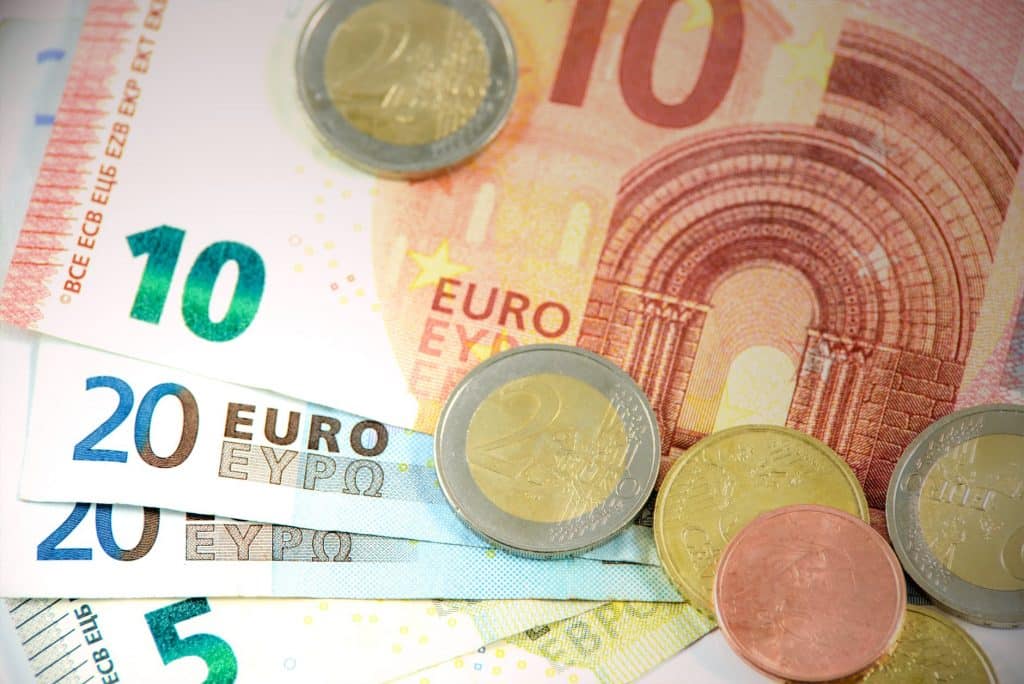The Top 10 Strongest Currencies in the World

Currency strength is an integral aspect of the global financial market. It is the backbone of economies, allowing for trade and investment. Different currencies have different buying powers, and the strongest currencies yield the highest purchasing power. Below are the top 10 strongest currencies globally, based on their value against the US dollar, the world’s primary reserve currency.
Kuwaiti Dinar (KWD)
Leading the pack is the Kuwaiti Dinar. Known for its high exchange rate against the US dollar, it benefits from a robust economy fuelled by petroleum exports, making Kuwait one of the richest countries in the world per capita.
Bahraini Dinar (BHD)
Second on our list is the Bahraini Dinar. Despite being a small country, Bahrain’s currency strength lies in its strategic positioning as a banking hub, with many financial institutions and companies having a presence there.
Omani Rial (OMR)
The Omani Rial is the third-strongest currency globally, backed by the country’s sound economic performance, stable government, and the prosperous petroleum sector.
Jordanian Dinar (JOD)
Though not rich in oil resources like its neighboring countries, Jordan’s currency stands strong due to a strongly regulated economy and a focus on tourism, textiles, and foreign investment.
British Pound Sterling (GBP)
The British Pound Sterling is among the oldest currencies in continuous use. Its strength is driven by the UK’s robust economy, with significant contributions from sectors like finance, manufacturing, and services.
Cayman Islands Dollar (KYD)
The Cayman Islands Dollar’s strength comes from the country’s reputation as a prominent financial tax haven, with many international businesses registered there.
Euro (EUR)
The Euro, used by 19 of the 27 EU member nations, is one of the world’s strongest and most influential currencies. It’s backed by the collective economic output of the Eurozone countries.
Swiss Franc (CHF)
Noted for its stability, the Swiss Franc is supported by the country’s strong economy, banking system, and reputation for political neutrality.
US Dollar (USD)
The US Dollar is used as the standard unit of currency in international markets for commodities such as gold and oil. It’s also the most used currency for international transactions.
Canadian Dollar (CAD)
Wrapping up the list is the Canadian Dollar. Canada’s currency draws its strength from the country’s stable government, sound monetary policy, and abundant natural resources.
Conclusion
The strength of a currency is a reflection of its country’s economic health and stability. It’s important to remember, however, that currency value can fluctuate due to various factors, including political stability, inflation, and economic performance. So while these are currently the top 10 strongest currencies, the list could change in the future.
Keep in mind that a “strong” currency isn’t necessarily “better.” For countries heavily reliant on exports, a very strong currency can actually make their goods more expensive in international markets, which can reduce demand and hurt the economy.
In the world of finance and economics, balance is key, and that holds true when it comes to currency strength as well.

